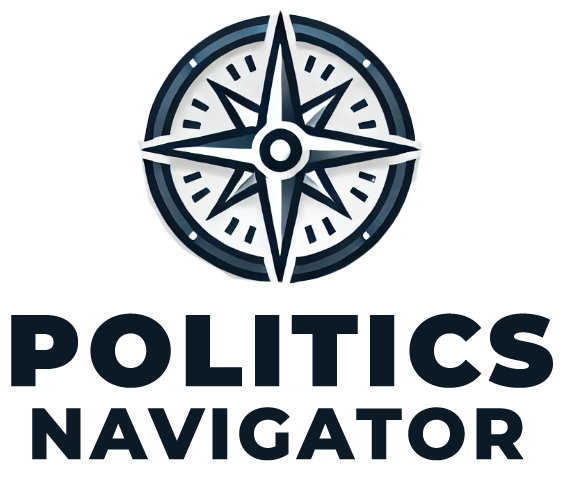The recent Supreme Court Government Power ruling on presidential immunity highlights how America’s system of checks and balances continues to evolve, far beyond what the Constitutional Convention delegates envisioned in 1787. This transformation of government power offers critical insights into how the three branches of government interact and adapt in modern America.
Constitutional Origins
Original Framework
- Need for executive leadership
- Fear of autocratic power
- Division of responsibilities
- Built-in checks and balances
Initial Power Distribution
- Congress as primary lawmaker
- Limited presidential authority
- Independent judiciary
- State-federal balance
Presidential Power Evolution
Historical Growth
- Jackson’s expanded veto use
- FDR’s New Deal expansion
- World War II transformation
- Modern executive orders
Current Dynamics
- Regulatory authority
- Emergency powers
- Executive orders
- International relations
Supreme Court’s Role
Judicial Evolution
- Marbury v. Madison precedent
- Constitutional interpretation
- Recent immunity ruling
- Regulatory oversight
Government Power Modern Impact
- Presidential immunity decision
- Chevron doctrine reversal
- Constitutional interpretation
- Regulatory authority limits
Congressional Adaptation
Legislative Changes
- Delegation of authority
- Regulatory oversight
- Budget control
- Confirmation powers
Contemporary Balance
Current Challenges
- Executive branch expansion
- Judicial review scope
- Legislative oversight
- Regulatory authority
The American system of checks and balances continues to evolve, shaped by historical events, court decisions, and changing political realities. Understanding this evolution is crucial for comprehending current governance challenges and future developments in American democracy.











